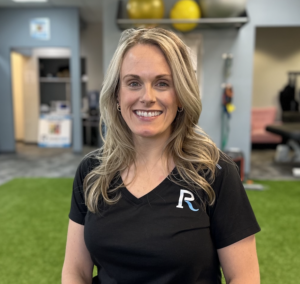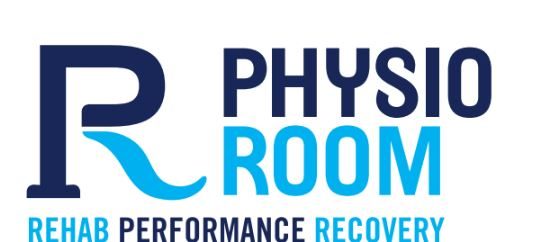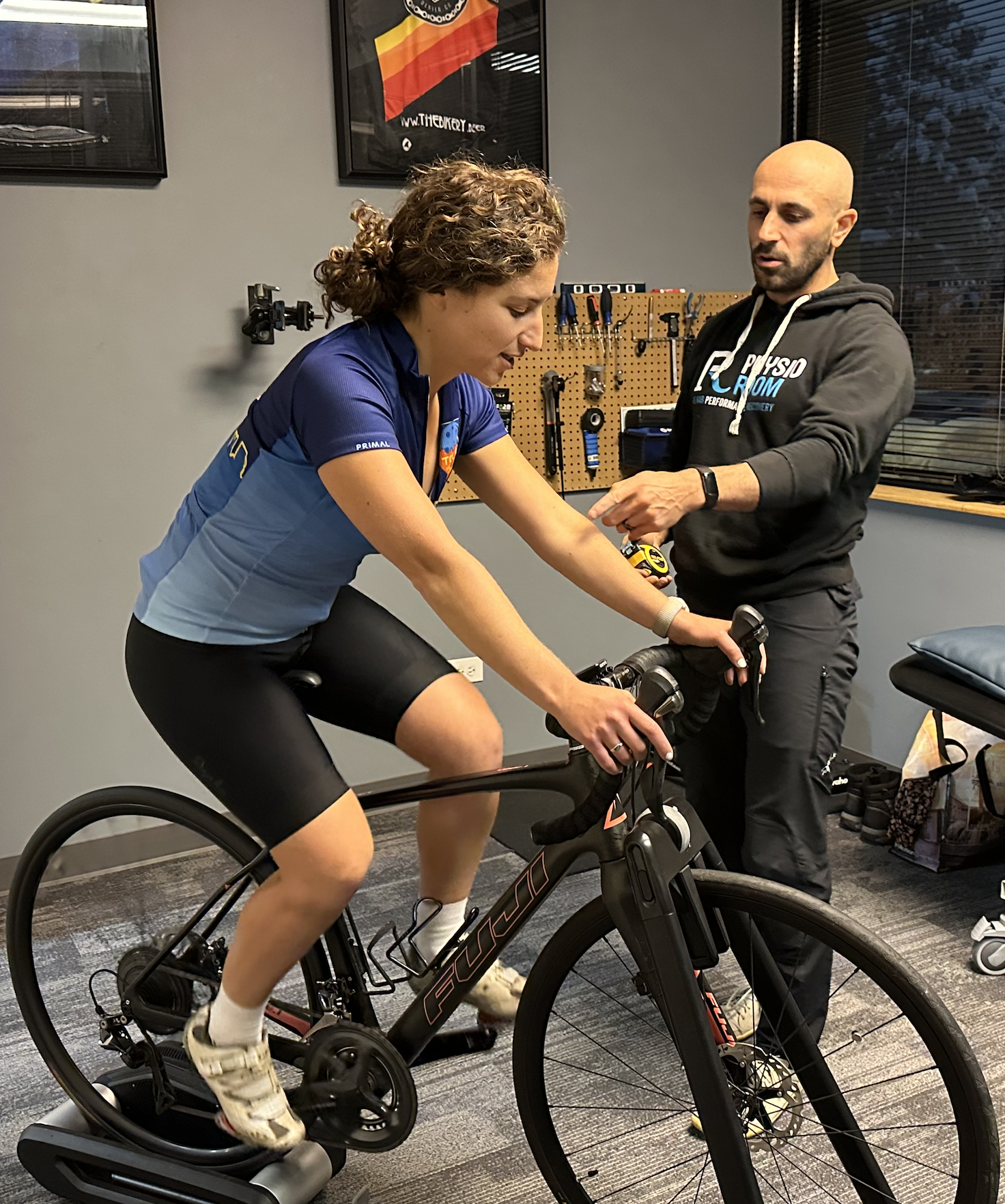🌟New Postpartum Guidelines: Key Tips for a Healthier First Year🌟
As pelvic floor therapists, we’re always keeping up with the latest research so we can better support you during the postpartum period. We’re excited to share key updates from the 2025 Canadian Guideline for Physical Activity, Sedentary Behaviour and Sleep Throughout the First Year Postpartum—and what they mean for your recovery and well-being.
Whether you’re newly postpartum or a few months in, these guidelines offer realistic, evidence-based ways to move, rest, and recover.
💪 Movement: Start Light, Progress Gradually
The guidelines now strongly recommend that postpartum people without medical contraindications aim for at least 120 minutes of moderate-to-vigorous physical activity (MVPA) per week—think brisk walks or gentle strength training spread over 4+ days. If this seems like a lofty goal, that’s okay, any movement is better than nothing!
✅ Light activity (like short walks and pelvic floor exercises) is encouraged as soon as you feel ready.
✅ Progress gradually and listen to your body—especially if you’re recovering from a C-section, tears, or complications.
✅ Daily pelvic floor muscle training (PFMT) is recommended to reduce urinary incontinence. If you’re unsure how to perform these correctly, we can help.
💡 Returning to running or heavier workouts? Wait until any incisions have healed and lochia has stopped increasing with activity.
🚩 What If You’re Not Sure It’s Safe?
If you’re experiencing:
- severe fatigue,
- ongoing pain,
- bleeding,
- or any other concerning symptoms,
talk to your healthcare provider before jumping back into exercise. In many cases, movement is still safe with a few modifications—we’re happy to work with you and your provider to find a plan that works.
💤 Sleep, Screen Time & Sitting: A New Trio of Priorities
Sleep is tough with a newborn—we get it. But even small changes to your sleep hygiene can make a big difference:
- dim your bedroom lights,
- avoid screens before bed,
- and create a calm, cool space for rest.
The new guidelines also highlight the role of sedentary time and screen use:
- Try to limit total sedentary time to 8 hours or less per day (easier said than done—we know!).
- Recreational screen time (scrolling, watching TV, etc.) should be limited to no more than 3 hours per day.
- Break up long periods of sitting with light movement, even if it’s just stretching or walking around the room.
Even short walks around the house or gentle stretches between feeds can help reduce fatigue, support recovery, and improve mental clarity.
🧠 The Mental Health Connection
These guidelines highlight something we see every day: movement supports mental health. Even light physical activity can help ease postpartum depression, reduce anxiety, and boost energy levels. Every little bit counts.
❤️ Real Talk: It’s Okay if You’re Not There Yet
Postpartum life is full-on. The goal isn’t perfection—it’s progress. The guidelines stress that any movement is better than none, and that support from family, friends, and your care team is key.
We’re here to help you move safely, rebuild strength, and feel more like yourself again—one step at a time.
Have questions or wondering how to apply these new recommendations in your own life? Reach out—we’re here to support you. 💬

Written by Dr. Katie Sasser – PT, DPT, M.Ed.| Physio Room




No responses yet